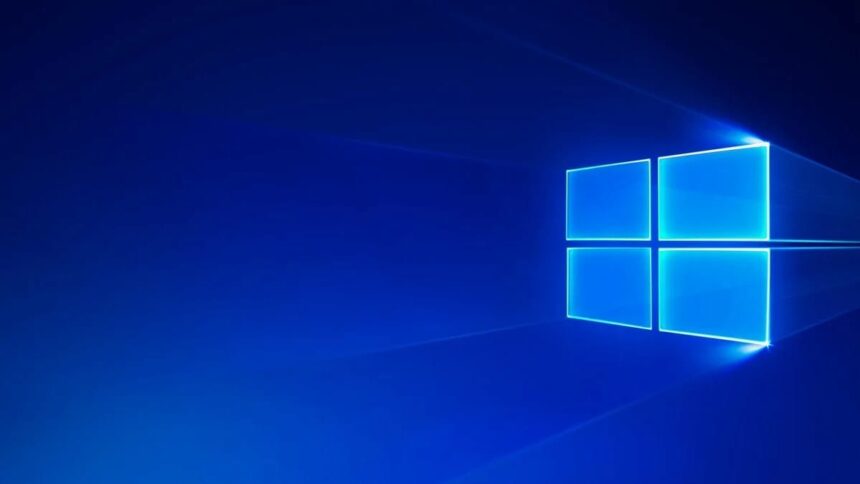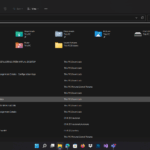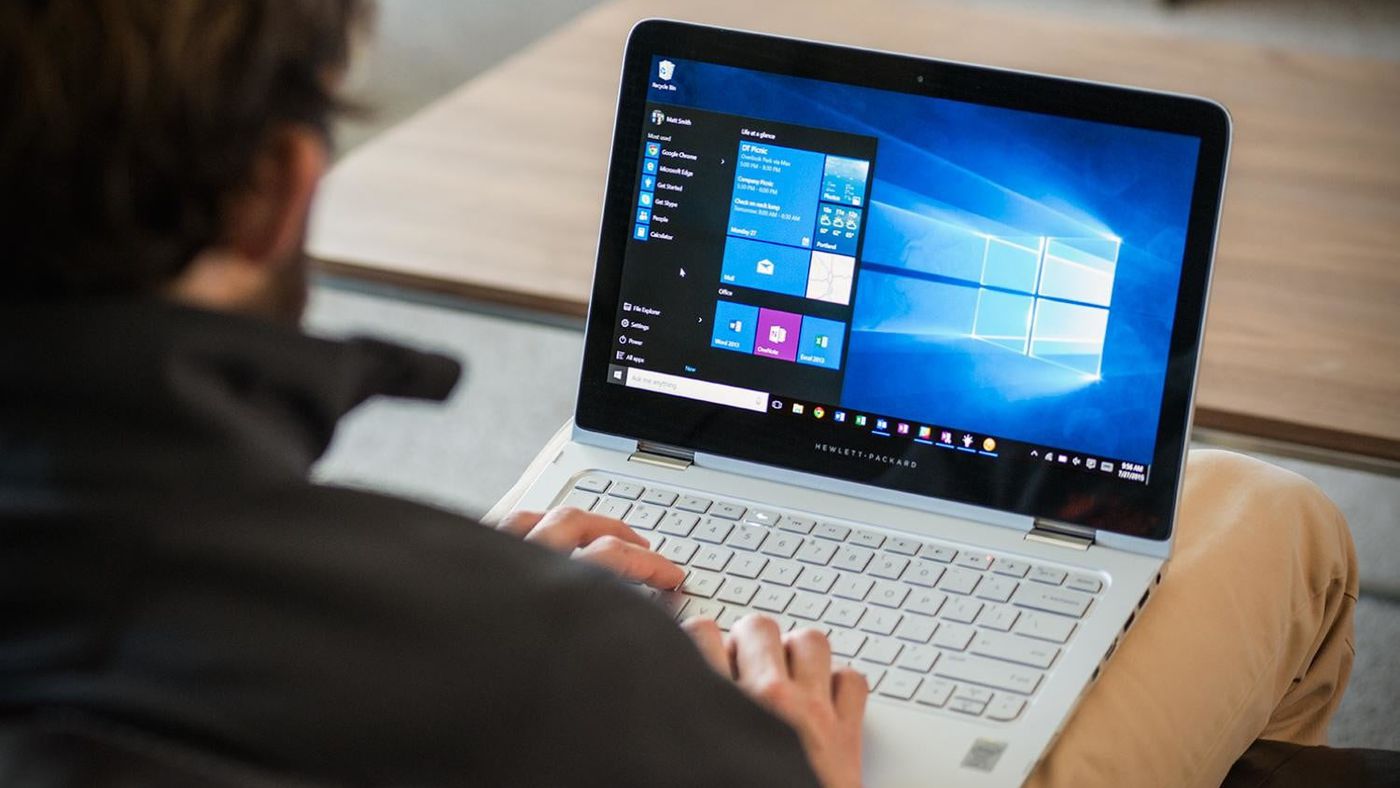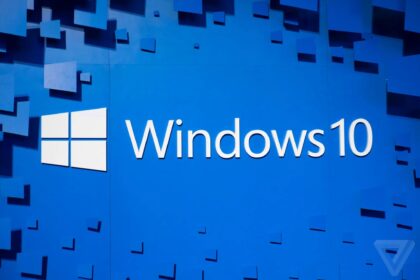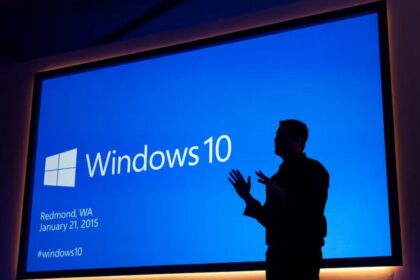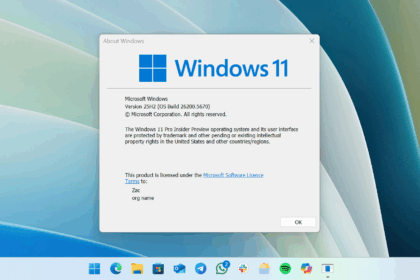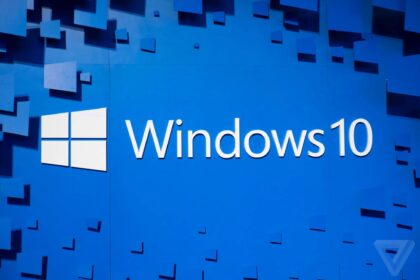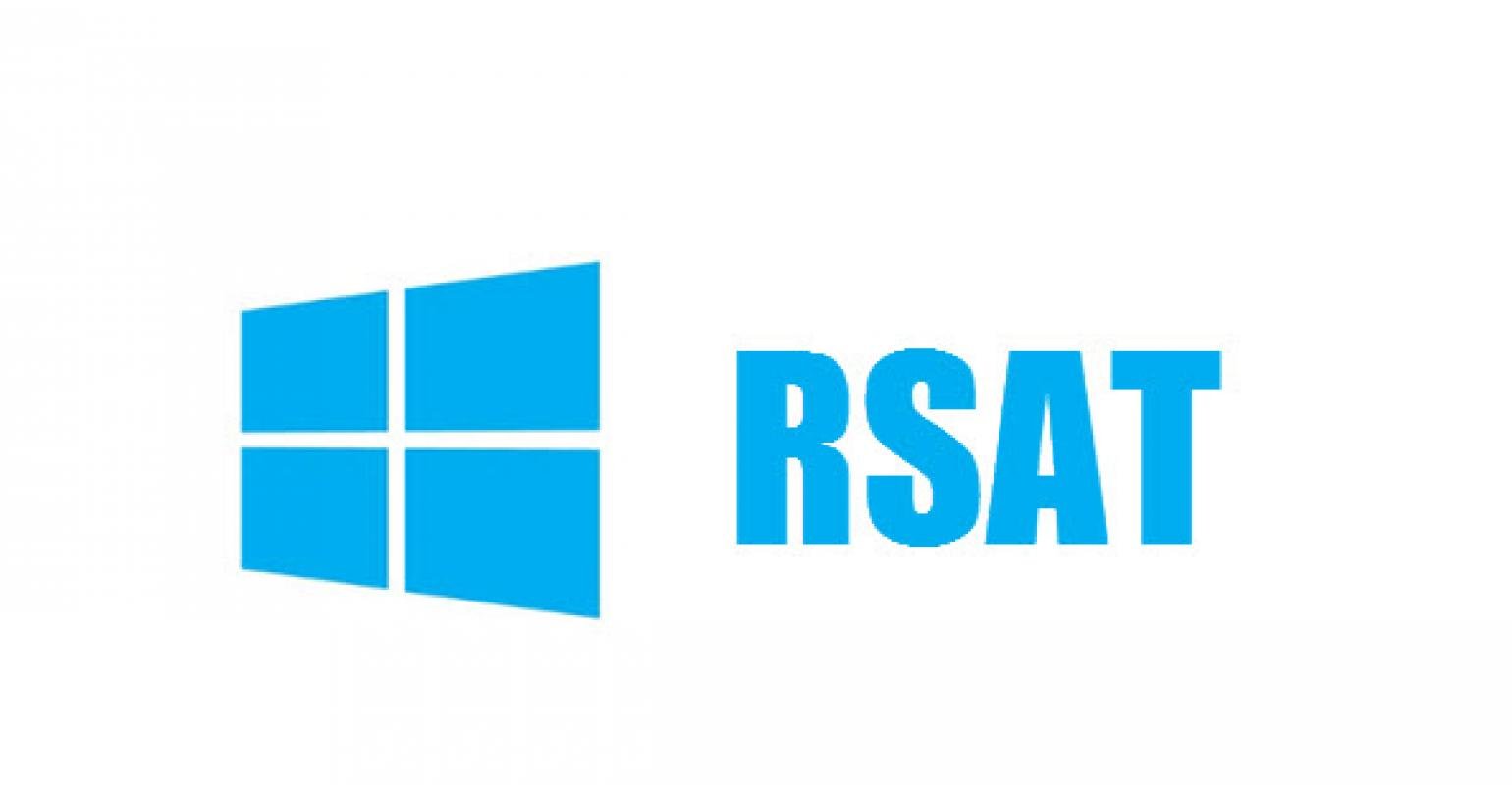Back in 2015, Microsoft sold us a bold idea: Windows 10 would be the final version of Windows—a living, ever-evolving platform that would simply update forever. The promise of “Windows as a service” was made on stage at Ignite with all the flair of a new era. The phrase stuck in people’s minds—and soon, in memes.
Ten years later, that dream quietly ends. On October 14, 2025, Windows 10 officially reaches the end of support for home users. From that date onward, the system will no longer receive monthly security or feature updates, except for those who opt into Microsoft’s Extended Security Updates (ESU) program. This optional plan offers one more year of security coverage for consumers, with some regional differences in how it’s delivered.
Decade of Windows 10: Rise, Stabilisation, and Transition
2015 – 2017 · Telemetry, Privacy, and the “GWX” Controversy
Windows 10’s early years were anything but calm. The operating system’s data-collection practices sparked privacy concerns, especially in Europe, while the “Get Windows 10” (GWX) campaign aggressively nudged users to upgrade from Windows 7 and 8. The backlash created a narrative that Microsoft was making too many decisions on behalf of its customers.
2018 – 2020 · From Stability to the 10X Experiment
Over time, Microsoft polished the platform. Updates became more reliable, and the interface matured. Behind the scenes, the company was experimenting with Windows 10X, a lighter system built for foldable and dual-screen devices such as the Surface Neo. The project was eventually cancelled, but many of its design ideas would resurface in Windows 11—the release that quietly broke the “no new versions” promise.
2021 – 2025 · The Road to October 14
With Windows 11, Microsoft drew a clear boundary: new hardware requirements, a refreshed design language, and a more modern approach to security. The company later confirmed that version 22H2 would be the last major Windows 10 update and set the final cutoff date—October 14, 2025.
From that point, users were encouraged to upgrade to Windows 11 or enrol in ESU for one extra year of protection. Consumers can access the program free of charge for a limited period (depending on region and account settings), while others may pay around $30 USD if using a local account or opting out of OneDrive synchronisation. In the EU/EEA, the additional year is available without requiring OneDrive backups thanks to local regulations.
What the End of Support Means
After October 2025, Windows 10 will stop receiving security patches and feature updates. Remaining on the system without ESU leaves users exposed to new vulnerabilities. Those who want to stay safe can either join the extended update plan or move on to Windows 11, which continues to receive active development and AI-driven features.
In short, Windows 10—once billed as the “final Windows”—has reached the end of its story. Its legacy, however, lives on in Windows 11, carrying forward a decade’s worth of refinements, lessons, and user expectations.

